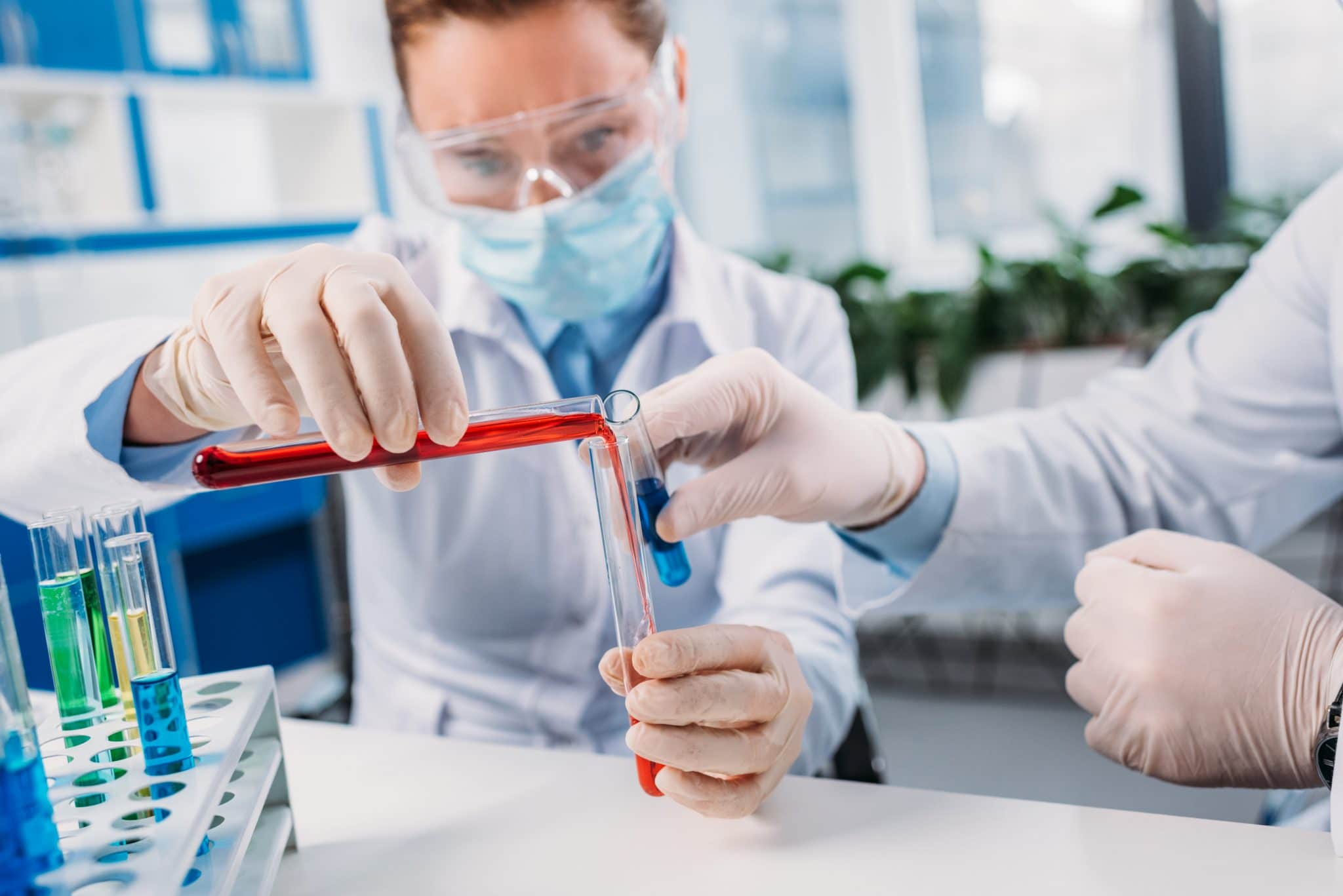
Workplace Chemical Burns
Workplace chemical burns can be very painful and can cause permanent injuries that are as serious as burn injuries that fire causes. If the accident was not your fault, this can make you feel even worse about your life-changing injuries.
Chemical burns frequently are associated with very powerful chemicals that burn flesh away whenever they come into contact with an individual’s skin. Not every workplace chemical is powerful enough in order to dissolve skin, but workers might also develop rashes that are at various severity levels, depending on what chemicals they have come into contact with.
If a toxic fume is inhaled by a worker, the may suffer inhalation burns of their sinus cavities, throat, and lungs. Consuming a harmful chemical can cause burns to develop in a person’s intestines and stomach. Ultimately, how severe a chemical burn ends up being will depend on the contact area and strength of the chemical.
If your eyes or skin come into contact with a very strong alkaloid, acid, or other types of chemicals that can burn internal organs, deeper tissue, or skin, thoroughly flush out the contact area and immediately seek medical attention. If you do not immediately suffer burn symptoms, continue monitoring the contact area for at least several hours since it might take time for any symptoms to manifest themselves.
How Do Chemicals Happen In The Workplace?
Whenever workers have sufficient protection with safety gear and are properly trained in safety protocols, it can be relatively easy to avoid chemical burns. If employees are only equipped with low-quality safety equipment and not trained properly on how to handle chemicals, or do not wear their safety equipment when necessary, then chemical burns can happen.
Depending on the employee’s job and the chemicals they come into contact with, they might suffer just minor chemical burns, like a janitor being splashed with bleach. On the other hand, a worker pulling samples of a chemical that is highly concentrated for testing in a fabricating plant might suffer burns that are more severe, if they come into contact with these highly concentrated chemicals.
Occupations that might deal with potentially dangerous chemicals commonly, including the following:
Welders
Transport industry workers
Pool cleaners
Painters
Nail technicians
Mine workers
Mechanics
Laboratory staff
Janitors
Hairdressers
Farm workers
Chemical plant employees
Construction workers
What Chemicals Are Used Commonly Within The Workplace?
Numerous occupations involve using the chemicals that may be dangerous – like benzene – if they are used improperly. Although those handling these types of chemicals should be provided proper protective gear and trained in how to use them, that is not always true and as a result, workers are injured. Some of the more common chemicals present in workplaces are made using sulfuric acids. They are used in car battery fluid, fertilizer, and drain cleaners. Hydrochloric acid is another common chemical that is used in pool cleaners, stone, and metal.
Sodium hydroxide and potassium are commonly used as well in oven cleaners and dentures. So are calcium hypochlorite and sodium, which are the major components of ammonia and bleaches.
Workers ultimately are burned by either a base or an acid. Frequently bases are more dangerous than acids are, which can be rinsed fairly quickly, says the Occupational Safety and Health Administration. On the other hand, bases might take as long as 20 minutes to rinse off completely.
Chemical Burn Symptoms
How severe a chemical burn will be is directly related to a chemical’s concentration strength, as well as the duration and amount of contact the body has with a chemical. Therefore, it is very important to locate and treat a burn as soon as possible.
The most common chemical burn symptoms are the following:
Burning and inflammation at the point of contact;
Dead or black skin or blisters;
Numbness or pain at the point of contact;
Vision complications, if an eye is exposed;
Painful or difficult breathy in the case of inhalation; and
In rare cases, death and/or cardiac arrest.
How To Treat Chemical Accidents
It is important to understand that chemical burns are a serious medical emergency. If there is no first aid that is readily available to immediately flush the chemical out of your mouth, eyes, abdomen, neck, foot, or hand, then disfigurement, blindness, extensive tissue damage or even death might occur. Any clothes that have come into contact with a chemical need to be removed, and then the contact area needs to be immediately flushed with water. The Mayo Clinic recommends that the area be flushed use with clean water for 10 minutes at least.
An intravenous solution might need to be administered by medical staff in order to stabilize the heart rate and blood pressure and pain medication may need to be applied. The area where the wound is will need to be thoroughly cleaned and bandaged as well, according to the Mayo Clinic. Some chemical burns may be quite severe. Following treatment, there might be disfigurement and significant scarring. Burns in the eyes can cause permanent blindness. If a substance is swallowed, internal burns might result in serious gastrointestinal problems.
In some cases extensive therapy and follow up care might be necessary. Chemical burns can cause enduring and excruciating pain, and a major component of treatment is often pain management.
You Might Be Eligible To Receive Compensations
Workers who have sustained chemical burns that they were not at fault for may be entitled to receive compensation for accrued and future medical bills, lost wages, and other expenses like funeral costs if a burn injury results in wrongful death. Call our chemical burn attorneys today for your no-risk free case evaluation.




